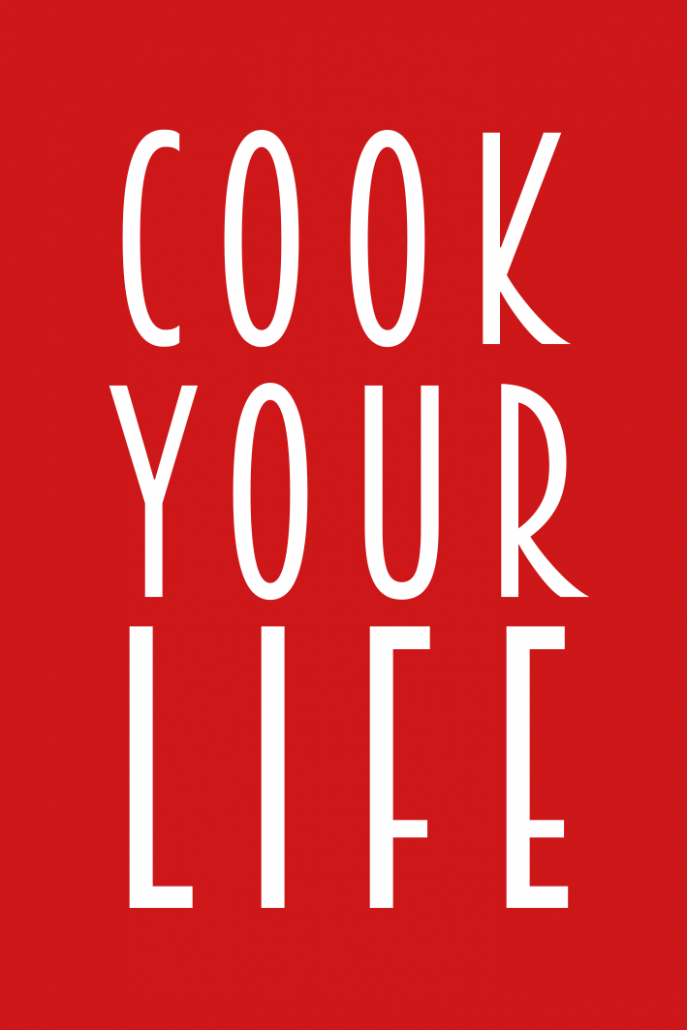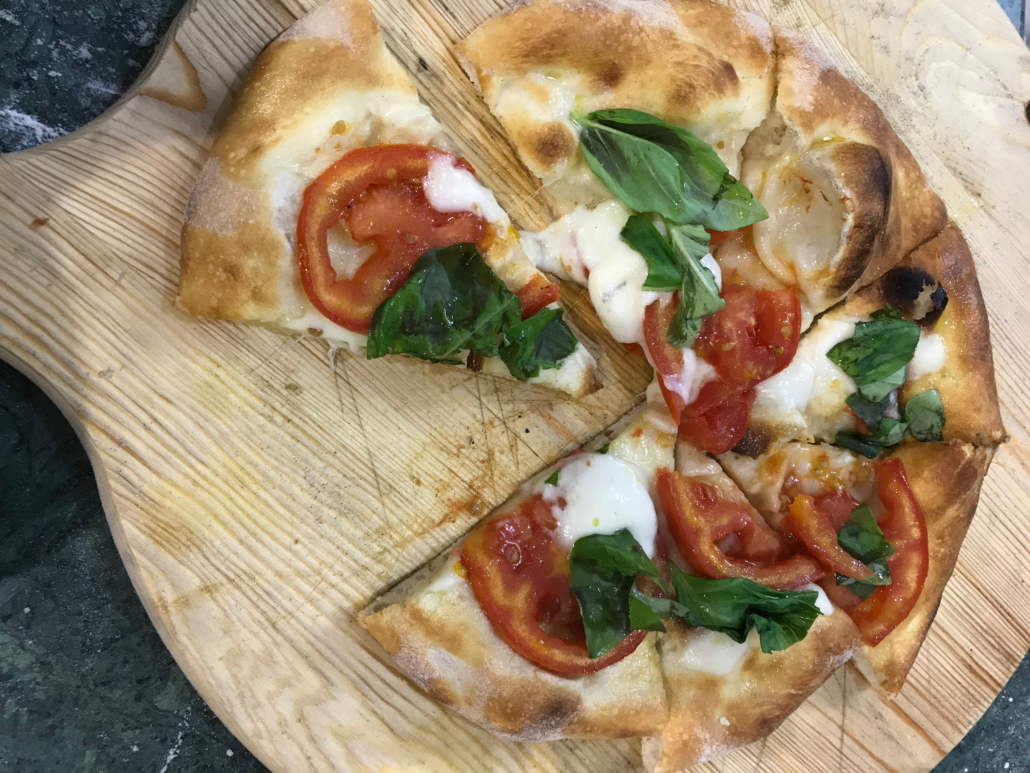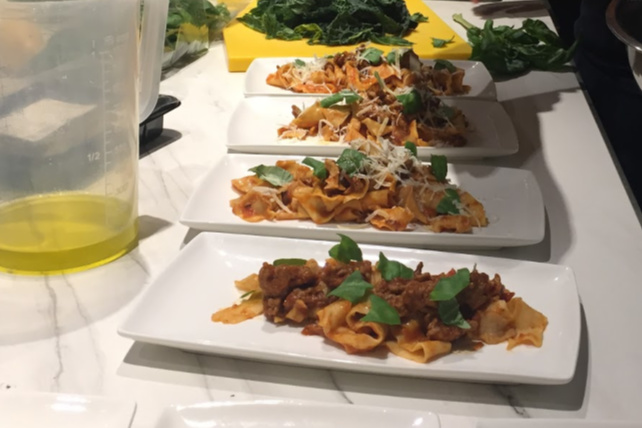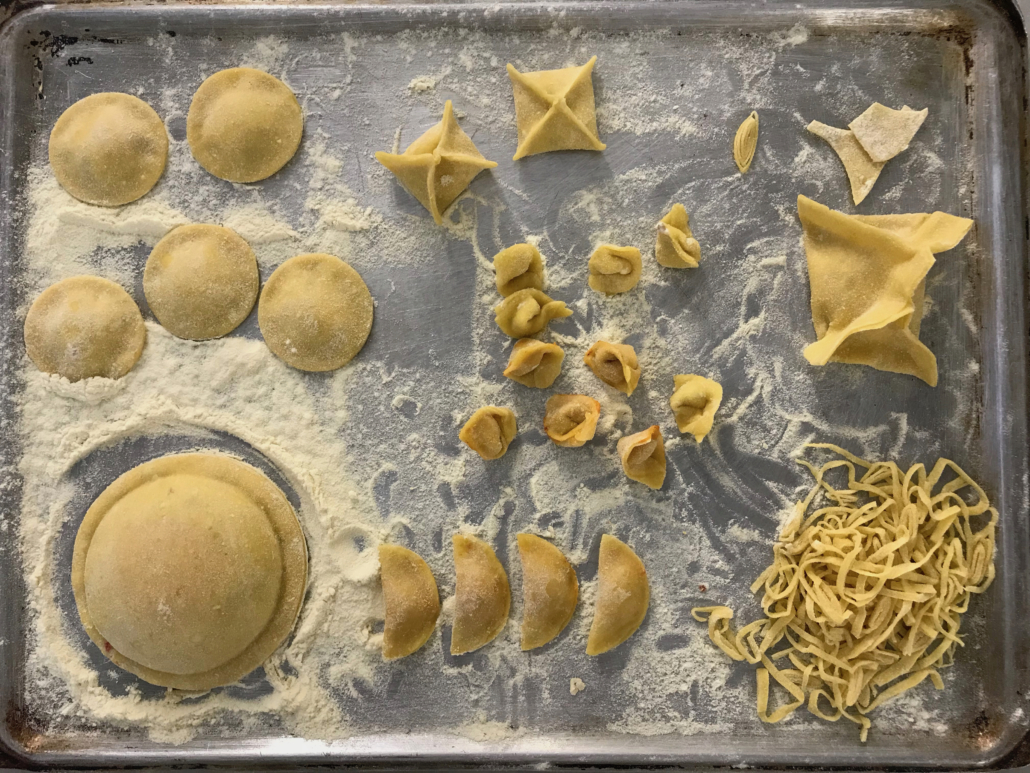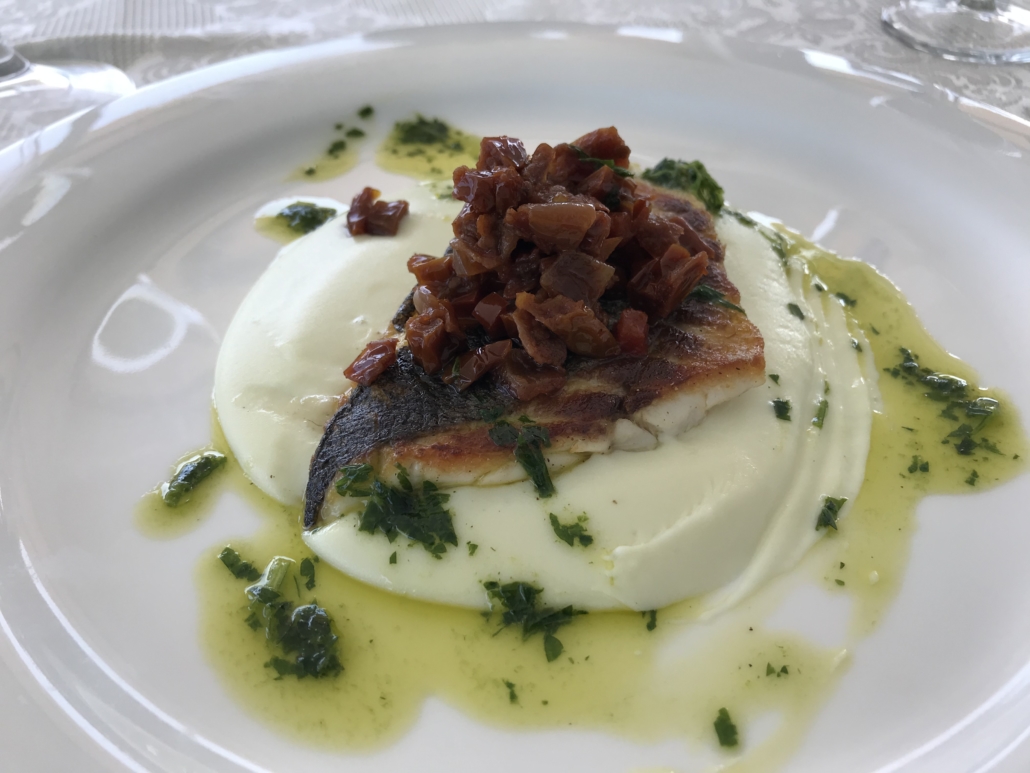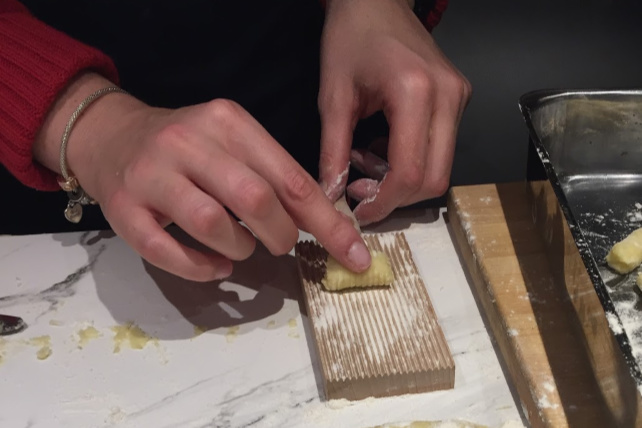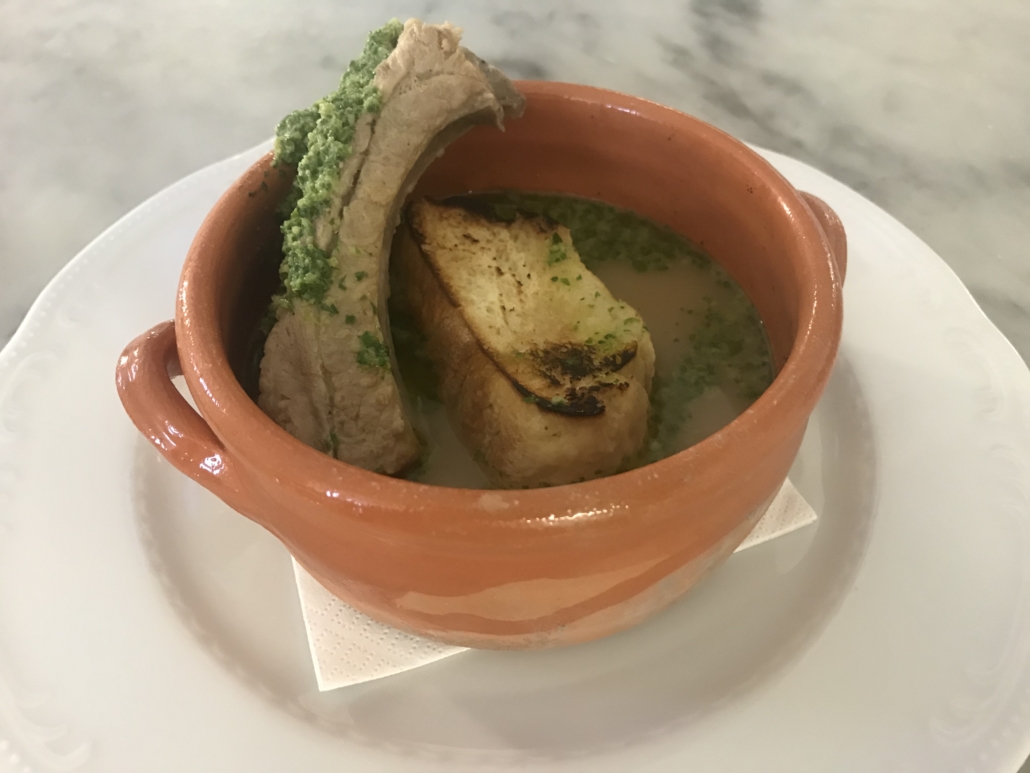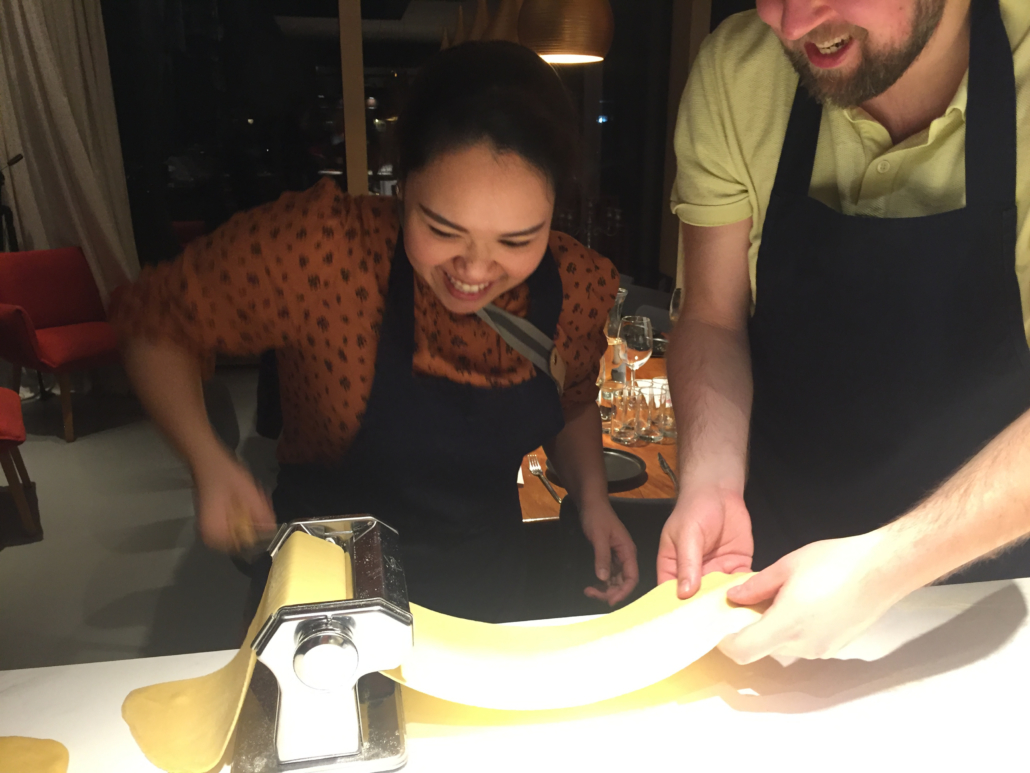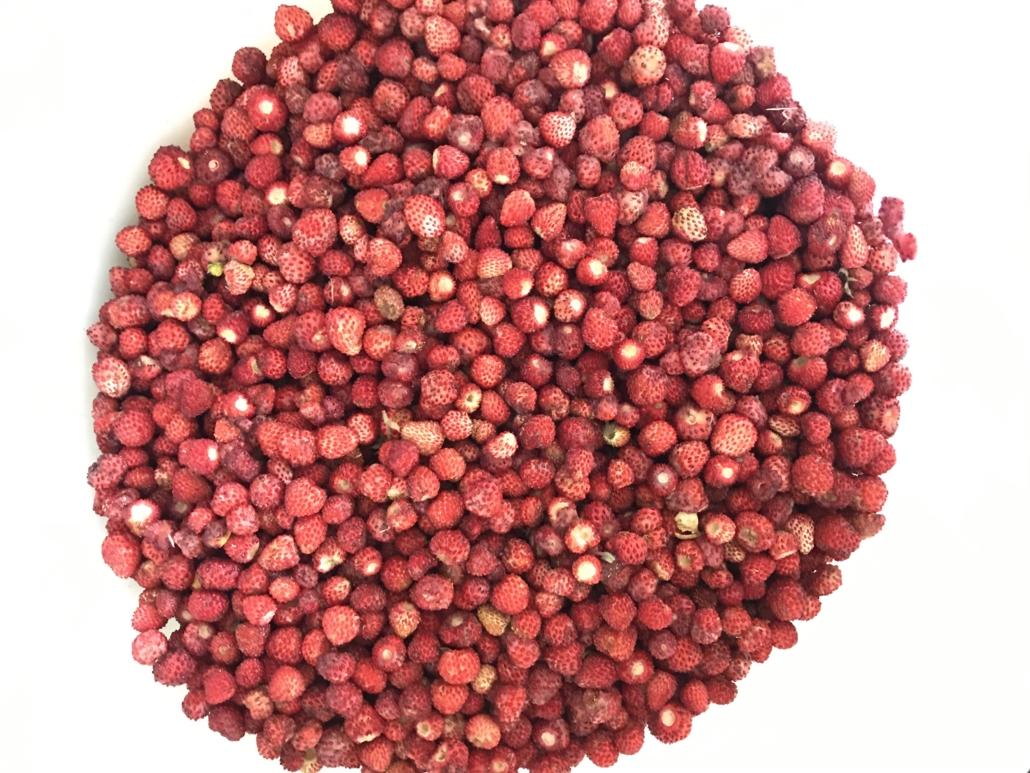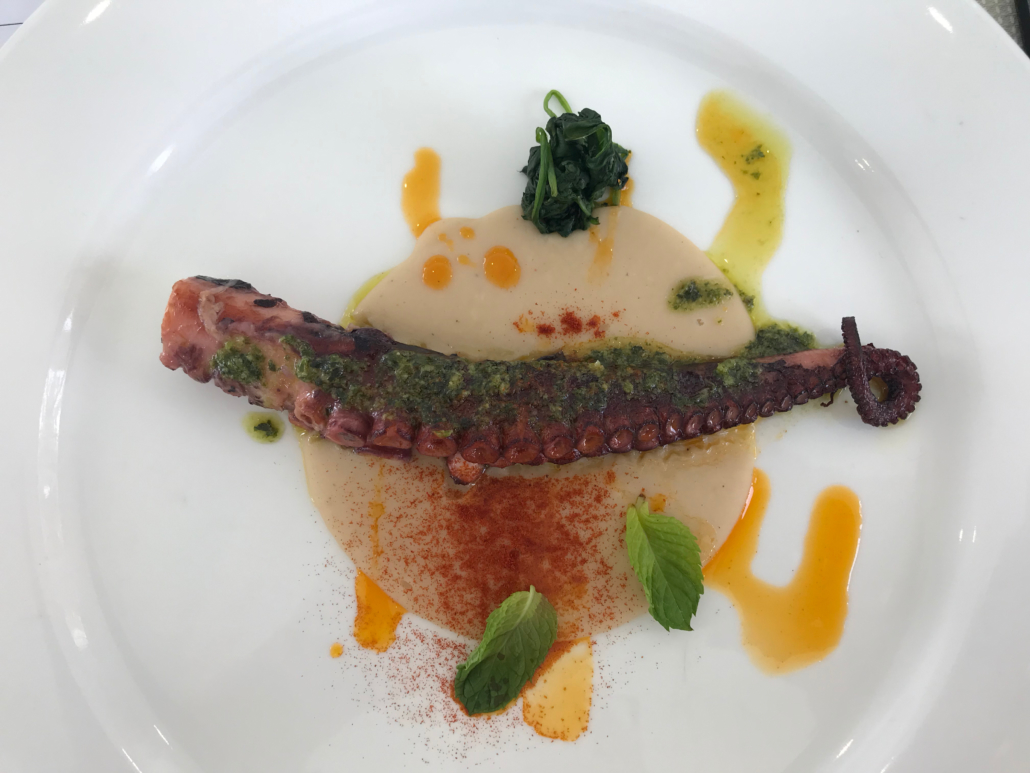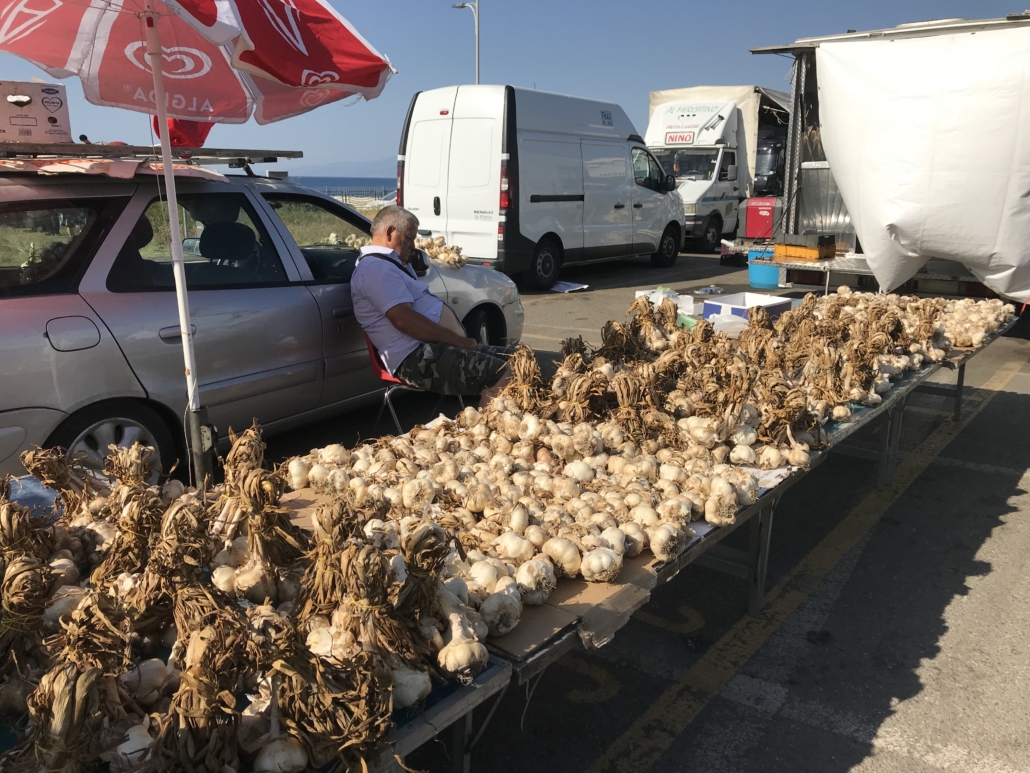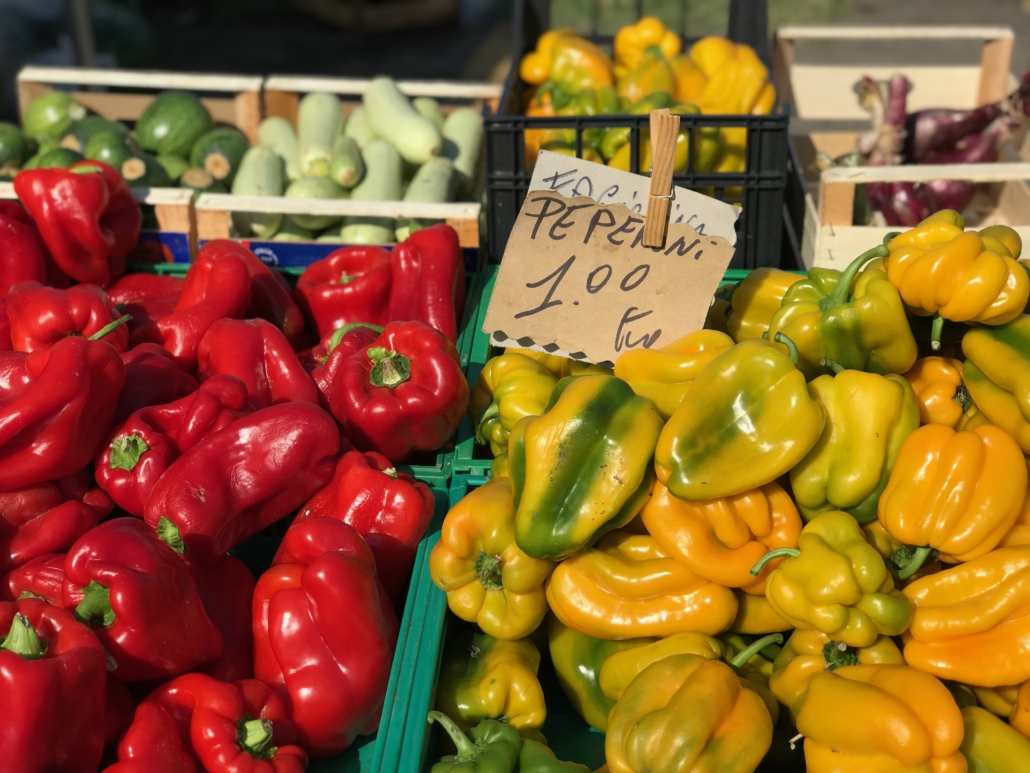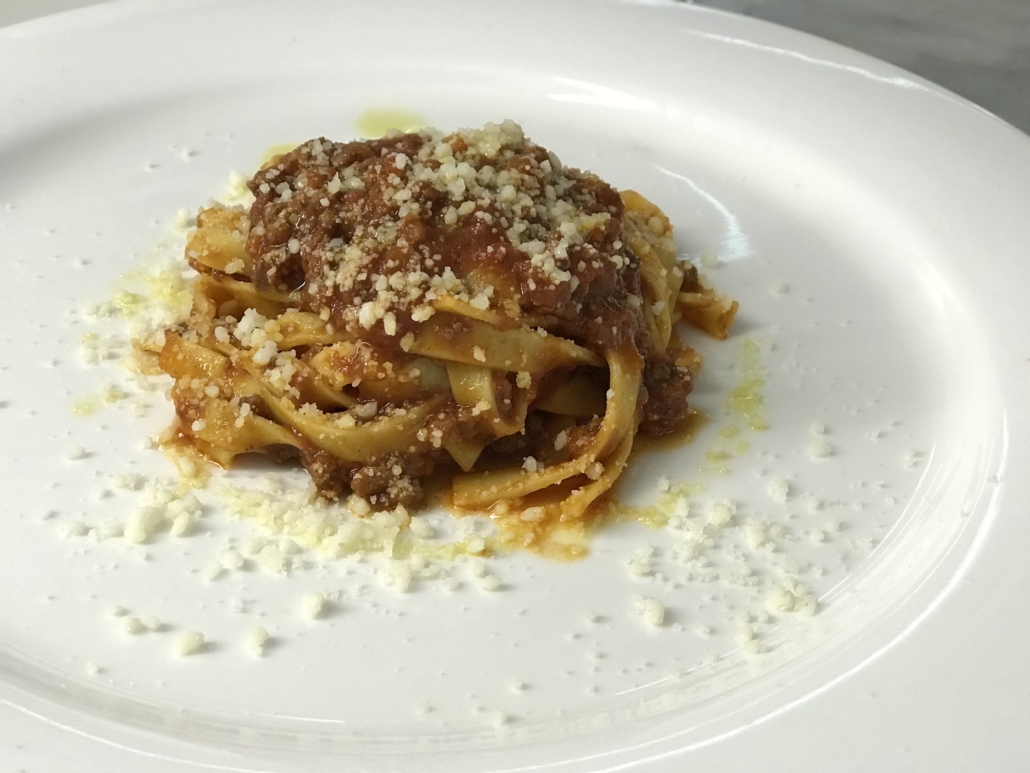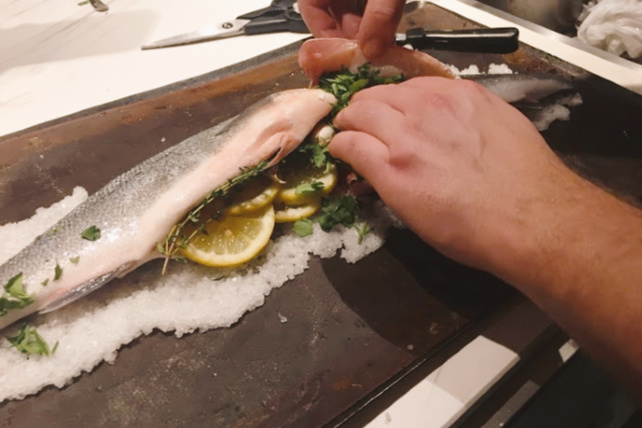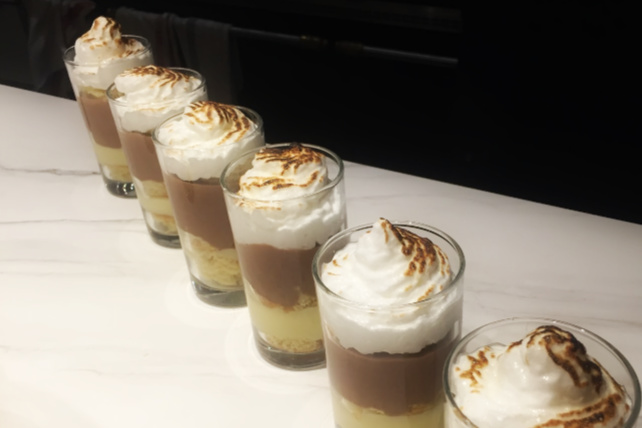COOKING CLASS ITALIAN REGIONAL CUISINE
An Italian cooking class in an intimate setting
Thinking of Italy, its rich cuisine is probably one of the first things that come to mind. Think of delicious tomatoes, simmering sauces, home-made pasta and, of course, the most delicious pizzas. Italians can dine for hours during which they discuss one of the most important things in life: La cucina italiana. And especially the food of ‘di mama’ which reminds them of a carefree childhood.
This passion for food is what we have in mind during 6 cooking evenings, where each time a different region plays a central role. We ‘visit’ the mountains in the north, descend towards the coast, cook with ingredients from Tuscany and Umbria and discover the rich flavors of the southern regions.
After each lesson you will receive the recipes, so you can make your own dishes once more and surprise your own friends.
Getting more and more curious? Scroll down to read the details.
Information
This Italian cooking class consists of six lessons. The lessons can also be booked separately. Scroll down for details per lesson. Register now and secure yourself a place at the stove. Maximum nuber of participants is 6 persons.
Time
Each cooking class takes place between 6.30 PM and 10.30 PM.
Costs
Six evenings: €540
Single evening: €95
All classes include drinks and coffee.
Location
The location of this Italian cooking class is in the Burgemeester Reigerstraat 13, Utrecht. Registration individually or per group.
Would you like to surprise someone with a course or workshop at Cook Your Life? You can book a voucher via the contact form.
CLASS 1: Piedmont, Lombardy, Trentino and Friuli
Date: Feb 2024
In every Italian regional cuisine, they use a basic sauce as well as infused olive oil. This is olive oil to which an extra flavor has been added, for example, garlic or basil. During this first lesson, we make sauces and oils that we continue to use throughout the course. They are full of beautiful flavors and ideal for the many dishes we make during the course.
The north of Italy has a rich economy. For this reason, more meat is used in this region than in the south. In this northern region you eat risotto and drink fine wines like Barbero or the lighter Barbaresco. The truffle as well as the wide choice of cheeses are a delight in Northern Italy and therefore popular ingredients for many dishes.
CLASS 2: Liguria, Emilia Romana
Date: March 2024
Liguria lies between the sea and steep mountains. The hills are covered with wild herbs such as thyme, sage, rosemary, oregano, marjoram, and basil, which you can taste and smell in the dishes of this region. Pesto also originates from this region. The cuisine of Emilia Romagna offers just about everything your heart desires: Prosciutto di Parma, mortadella, pancetta, balsamic vinegar and of course the Parmigiano Reggiano. In this region, food is the cork that drives the economy.
This evening we make some fresh pastas and ragù alla Bolognese, the showpiece of the city of Bologna.
CLASS 3: Tuscany, Umbria and Le Marche
Date: April 2024
The regions of Tuscany, Umbria and Le Marche are paradise on earth and known for their rolling landscape with cypresses and vines. The origin of this cuisine is its simple and high-quality country cooking including beans, artichokes, asparagus, and porcini. The refinement originates from the Renaissance, when in Florence the foundation was laid for the modern kitchen with antipasti, primi, secondi, often also contorni and finally the dolci.
The menu includes ribollita, a famous Tuscan bread soup, dishes with Umbrian truffles and lots of fresh vegetables.
CLASS 4: Lazio, Abruzzo, Molise and Campania
Date: May 2024
This region includes the cities of Rome and Naples. It seems that most of the pasta is eaten here from all over Italy. You’ll find everything Italy has to offer, although there are also regional products such as pecorino Romana. The Campania region is the home of the mozzarella cheese. Naples is of course known for its pizza. Abruzzo is known for its spicy dishes, something that most Italians don’t like very much. The small region of Molise is rich in products that characterize the countryside of Italy. These include pepperoni, peppers, sweet figs, large broccoli, and melons.
This evening we make a number of dishes from this region as well as the special ricotta salata, salted ricotta that is easy to grate.
CLASS 5: Calabria, Puglia, and Basilicata
Date: June 2024
In the poor south, the Italians depend on what nature has to offer. Perhaps that is the greatest wealth of this region as the food here is, in fact, more consistent and diverse than in the rich north.
Despite the fact that this region is poor, they can certainly compete with the other regions of Italy in culinary terms. Melanzane alla parmigiana is typical of this region. Because of the mild winters, warm summers and fertile soil, tomatoes, aubergines, courgettes, and legumes grow extensively in this region.
Italians in the region cook with everything the sea has to offer, which they often use in pasta dishes. In addition, the wealthy north makes its pasta with egg, while the south uses water to make it. This results in a harder pasta, but it tastes just as good when eaten with sugo ai frutti del mare, for example.
CLASS 6: Sicily and the other islands
Date: July 2024
When you think of Sicily, you think of pasta and tomatoes. Not surprisingly, because here the tomatoes grow with the richest taste because of the ideal climate on the island. The starter caponata is part of the history of Sicily and has been known since the 9th century. There are often intense discussions about the popular dish because everyone has a mama who knows how to make it.
Of course, caponata is on the menu but we also prepare a number of dishes with fish. The accompanying wine comes from the area around Etna and nicely complements the dishes. We end this culinary journey through Italy with cannoli, a Sicilian specialty with Arabic influences due to the presence of almonds and sugar.
